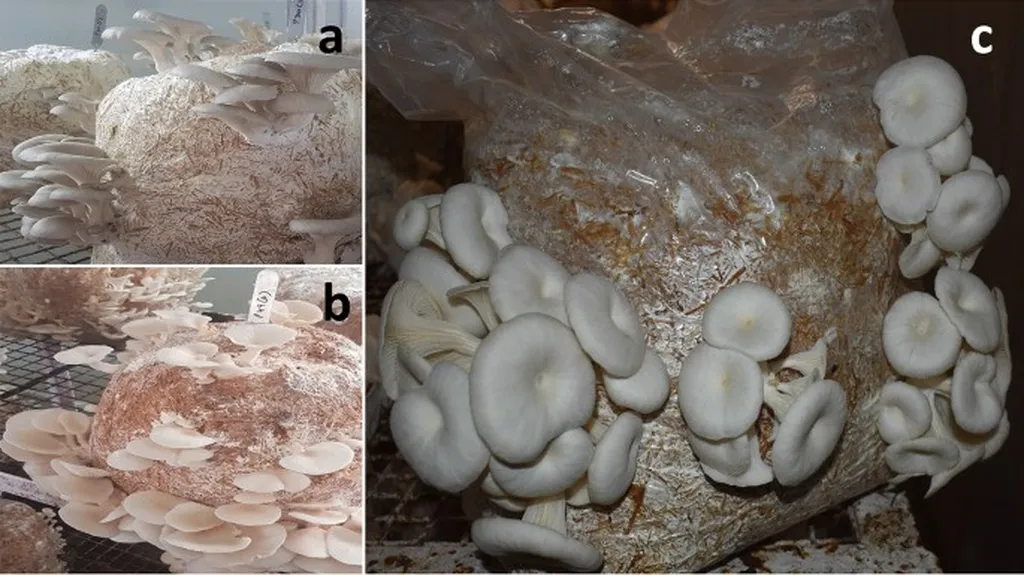In the vast and bustling world of aquaculture, a groundbreaking study has emerged, shedding light on the molecular mechanisms behind the performance advantages of hybrid oysters. Led by Jiangwei Li from the College of Animal Science and Technology at Guangxi University, this research, published in the journal ‘Aquaculture Reports’ (translated from its original Chinese title), delves into the intricate world of interspecific hybridization, offering insights that could revolutionize the industry.
The study focuses on the hybrid oyster DI, a cross between Crassostrea dianbaiensis (female) and C. iredalei (male). These oysters, locally unique varieties, have been previously noted for their exceptional performance. However, the mechanisms behind their hybrid vigor, or heterosis, have remained largely unexplored until now.
Li and his team conducted a comprehensive evaluation of the hybrid oysters and their parents over a period of 360 days. They tracked physiological indicators and molecular levels, revealing that the hybrid progeny exhibited superior growth and survival rates. “The hybrid oyster DI showed excellent performance in both growth and survival rate,” Li explained. “Moreover, the survival level of the DI population under different salinity stress is higher than that of its parents, proving that DI has excellent phenotypic characteristics of heterosis.”
The research also uncovered a maternal effect, with the gene expression pattern of the offspring closely resembling that of the maternal parent. This effect was evident in both the adductor muscle and the mantle, with functional classifications mainly reflecting cell proliferation, metabolism, and immune resistance. “The hybrid advantage of hybrid progeny comes from the main effect of the maternal parent,” Li noted.
The study identified several candidate genes that could serve as markers for growth traits in other aquatic animals, including ADAMTS16, FUCA1, PI4KA, SLC7A9, TCF7L2, and CSNK2A2. Additionally, genes associated with immunomodulatory signaling pathways and resistance, such as SMAD4, MYD88, BIRC3, BIRC7, and PPTC7, were also screened. Notably, genes related to salinity adaptive regulation, SLC23A2 and SLC12A1, were identified, highlighting the potential and diversity of molecular regulation of heterosis.
The implications of this research are profound for the aquaculture industry. By understanding the molecular mechanisms behind hybrid vigor, breeders can develop more resilient and high-yielding oyster lines. “POD genes, notably TCF7L2 and SLC12A1, are proposed as selectable markers for high-yield, stress-resilient oyster lines,” Li said. This knowledge could lead to significant advancements in oyster farming, enhancing productivity and sustainability.
As the world’s demand for seafood continues to grow, the insights from this study could shape the future of aquaculture. By harnessing the power of hybridization and understanding the underlying molecular mechanisms, the industry can strive towards more efficient and sustainable practices. The research conducted by Li and his team not only deepens our understanding of oyster hybridization but also paves the way for innovative developments in the field.

